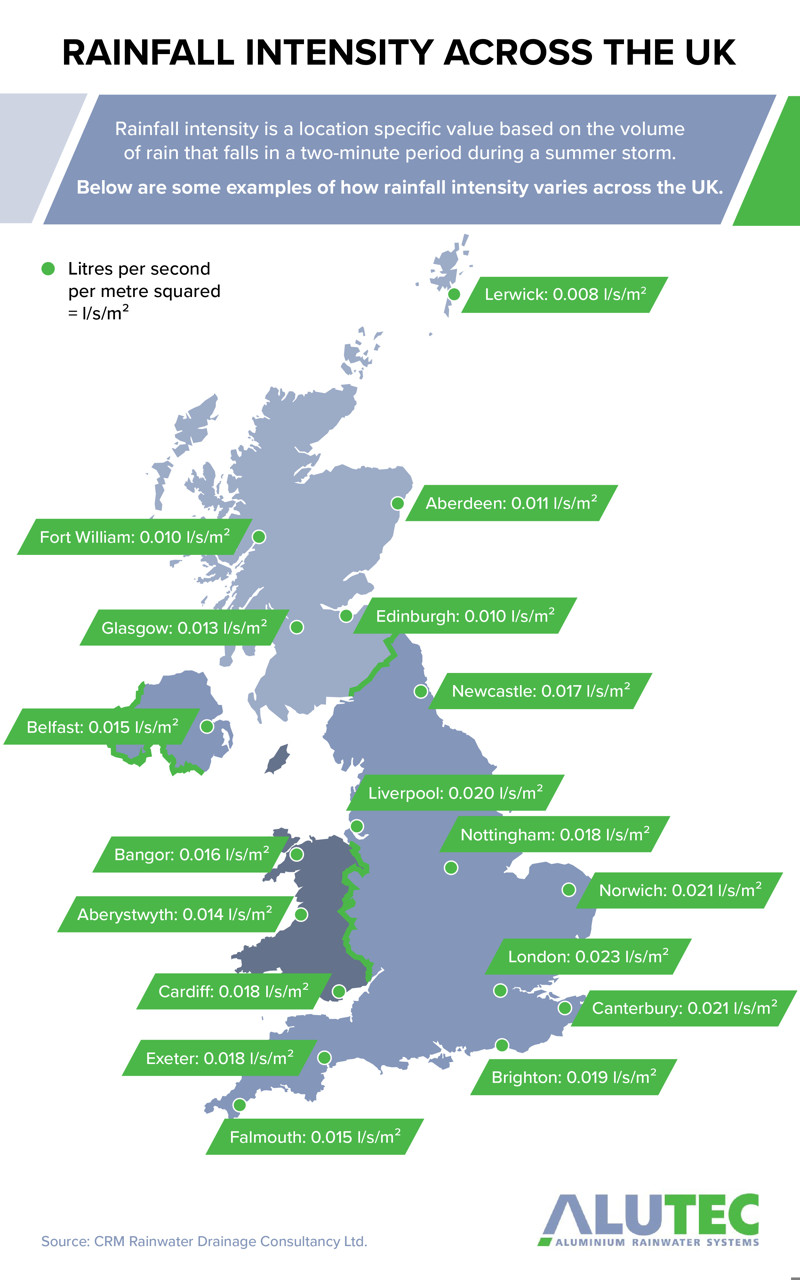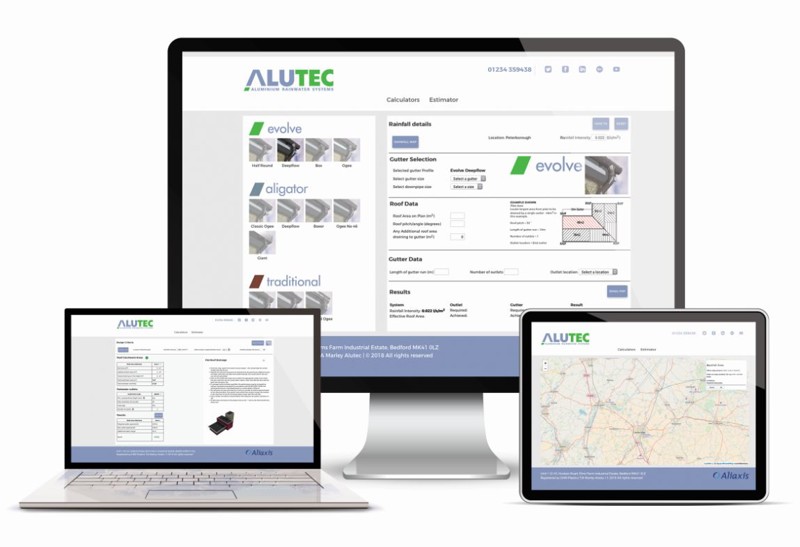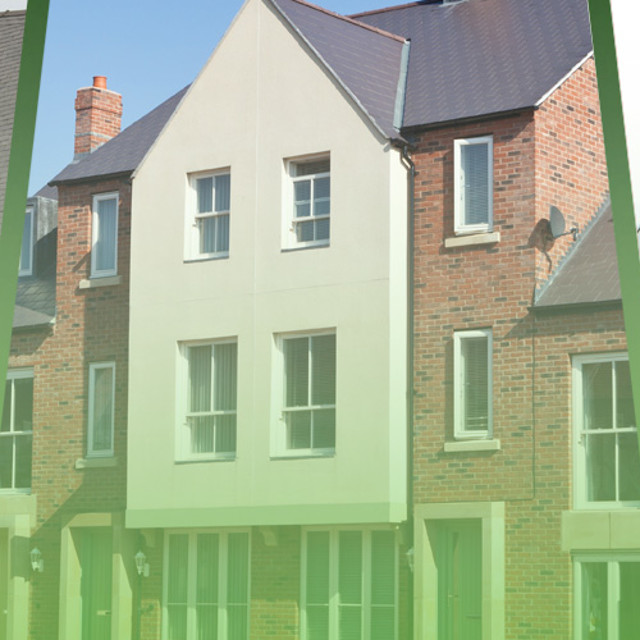With extreme weather becoming a more frequent occurrence, how can you ensure that the products you specify are able to deal with the worst of what nature can throw at them. Here, Tim Streeton, our Senior Technical Services Engineer, discusses the effects of climate change on rainfall intensity design and how we can help you to ensure rainwater systems are fit for purpose.

The problem with the weather
The effects of the global climate crisis are being felt across the world. In the UK our weather is gradually becoming more extreme, with more intense heatwaves, longer lasting cold spells and heavier downpours witnessed across the country. One such example occurred in London in July 2021, where 47.8 mm of rainwater fell in under three hours, damaging local infrastructure, flooding the tube network and prompting the evacuation of residents from their homes.
Downpours of this nature — which exceeded the 44.5mm of rain expected for the entirety of July — are projected to become a more common occurrence. In fact, new research published in Nature Communications journal, found that extreme rainfall events that exceed 20mm/hr could be four times as frequent in 2080 as they were in 1980.
What is rainfall intensity?
Rainfall intensity in the UK is location specific and based on the amount of water that falls in a two-minute period during a summer thunderstorm: this is measured in litres per second per square metre (l/s/m2). Counterintuitively, this means that regions with the highest annual rainfall don’t necessarily have the highest rainfall intensity. This is because the regions will more than likely have sustained periods of low intensity rainfall and fewer extreme storms.
For example, whilst London and the Southeast of England are traditionally thought of as the driest parts of the UK, with just 750.2 mm of rain in total in 2022, the area has the highest national rainfall intensity of up to 0.023 l/s/m2. Conversely, parts of northern Scotland, which experienced 1665.2 mm of rain in 2022, have a rainfall intensity of as low as 0.008 l/s/m2.

What is rainfall intensity design?
Rainfall intensity design plays a vital role in mitigating the effects of extreme rainfall and is involved in the construction of any rainwater system that channels rainwater from a building’s roof, towards the ground and away from a building’s structure. It should take into account the size and pitch of a roof, the dimensions and capacity of a guttering system as well as the rainfall intensity of the local area.
A poorly designed rainwater system can result in water ingress, which can seriously compromise the structural integrity of a building and lead to lasting damage. If the rainwater system does not have a large enough capacity for extreme rainfall, it can cause overspill at crucial junctions that are more susceptible to water ingress, such as ground-to-wall or wall-to-roof junctions. Conversely, a system with an excessive capacity can result in unnecessary expenditure, material wastage or a negative visual impact.
As a result, understanding rainfall intensity design and the elements that determine its success is crucial to the long-term performance of an installation. It’s a complex task given that regions with the highest levels of rainfall do not necessarily equate to those with the highest rainfall intensity.
As such, there is no ‘one size fits all’ solution to good rainfall intensity design as location and roof dimensions both have a significant impact on the recommended dimensions of a guttering system and the number of downpipes that should be specified.

Our calculators
Marley Alutec has both a Flatroof Calculator and a Gutter and Downpipe Calculator to help you specify the best rainwater system for your project.
Accessed via our website, with these calculators you can input the necessary details of the project’s roof, preferred gutter style plus its total run and site location. The results will then tell you whether your planned system has the adequate capacity. This can help you to avoid serious costs as a result of damage later down the line and provide peace of mind that the rainwater system will perform - no matter the conditions.
Click here to use our Flat roof or Gutter and Downpipe calculators.
For any assistance with your projects, please email us at projects@marleyalutec.co.uk or call 01234 359438.

